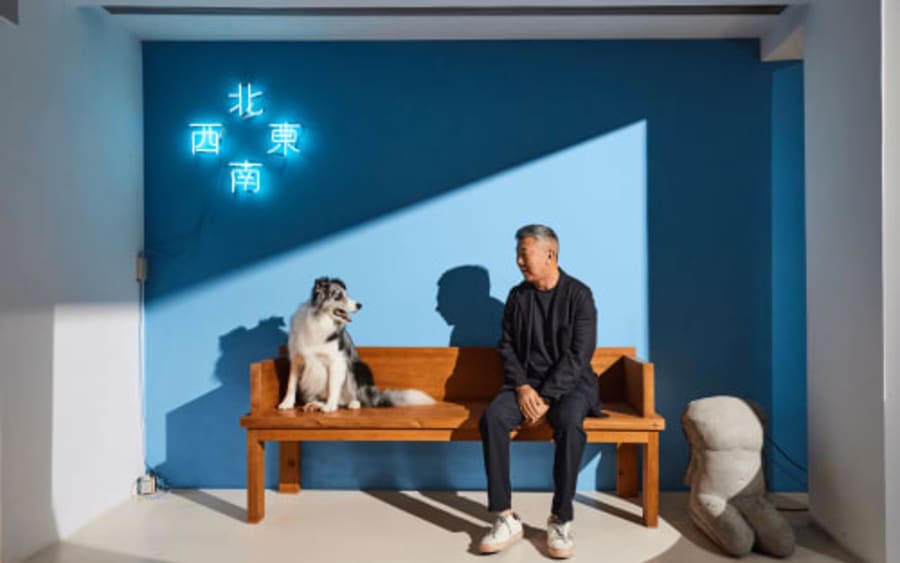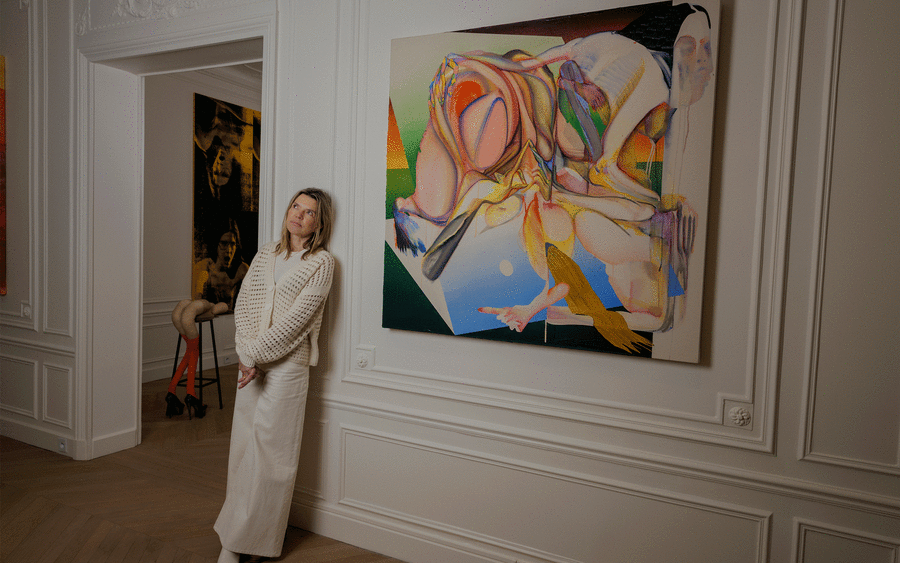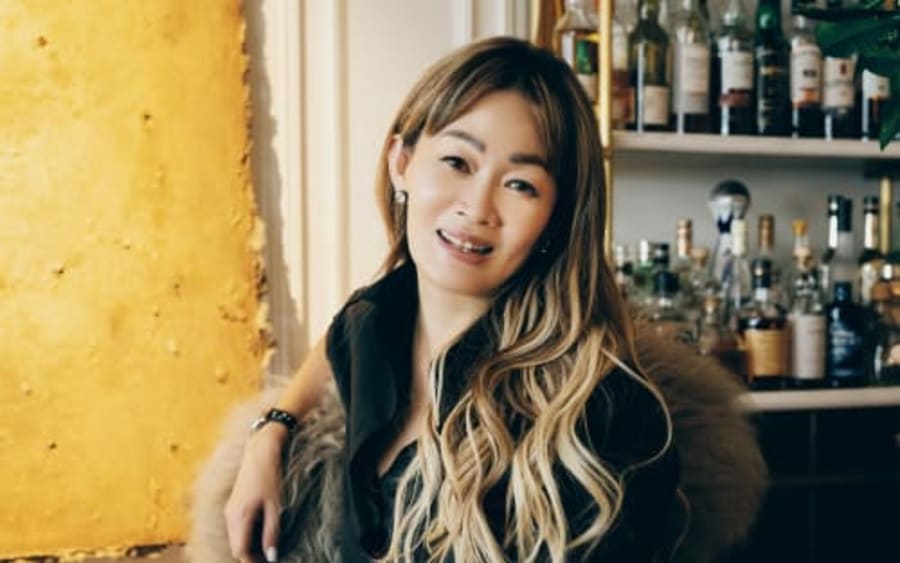In collaboration with Tatler China.
‘Before I ventured into art collecting, I was in the real estate business. My interest began when I attempted to purchase some land on Hollywood Road in Hong Kong, a neighborhood known for its antique shops. I talked to the antique shop owners frequently, hoping to convince them to sell me their properties. I did not end up getting my hands on any land, but they did manage to sell me quite a few artworks and antiques!
‘My original collection consisted of mainly Chinese ink paintings. About ten years ago, I decided to start systematically collecting contemporary art. For expert advice, I turned to Uli Sigg, a leading collector of contemporary Chinese art. I invited him for a meal and, over char siu (Cantonese-style barbecued pork), we talked about how best to buy art, and why organizing collection shows would help me to share my passion with the world. From day one, the mission of our art collection was to be exhibited and to promote our cause.
‘Many LGBTQ+ artists risk being forgotten because they don’t have descendants to preserve their legacies. Through our collections, exhibitions, and support, I hope to help safeguard their contributions for the future.
‘In my ten years of collecting art, I have come to know many people in the industry, including Tobias Berger, whose international reputation in contemporary art is unparalleled. He played a pioneering role at Hong Kong’s M+ and Tai Kwun museums, where he curated several influential exhibitions. I have immense respect for him.
‘Another notable figure whom I have come to know is Rudy Tseng, a renowned independent curator and collector. We met through Tate’s Asia-Pacific Acquisitions Committee and immediately hit it off. What I admire most about Rudy is his dedication: when he likes an artist or a movement, he commits fully, immersing himself in extensive research and study – something I greatly respect but find hard to match.
‘I have been following many artists, one of whom is my friend Isaac Chong Wai. His work focuses on the relationships between people, nature, and society, often with a strong element of performance. Another artist I admire is Jes Fan, who grew up in Hong Kong but now resides in New York. Their work explores gender fluidity through the innovative use of materials and cutting-edge 3D printing technology. Jes was shortlisted for the 2023 M+ Sigg Prize, and included in this year’s Whitney Biennial, highlighting their growing recognition as an internationally acclaimed Chinese artist.
‘Xiyadie is a traditional Chinese papercut artist whose life has been marked by challenges. He uses art to express his journey of confronting his sexuality and coming out. Recently, his work has garnered a lot of international attention, and he was invited to exhibit at this year’s Venice Biennale.
‘My biggest regret in terms of the Sunpride Foundation is that we missed out on collaborations with two exceptional artists. The first was Ren Hang, a remarkable photographer from China. We had just started discussing his work when he tragically passed away. The other was Hiram To, a Hong Kong artist who represented the city at the 52nd Venice Biennale in 2007. His installation used fruits to symbolize various political periods in China. Unfortunately, before we could finalize our plans, he fell ill and passed away.
‘I am quite optimistic about the future. I remember attending a lecture by a prominent Swiss collector who said that what the art world needs is not more private museums, but rather the cultivation of more curators and artists. His words had a significant impact on me. We plan to continue organizing exhibitions, as there are still many places in Asia we have yet to explore. The world is gradually progressing towards a more diverse society, so we are in no hurry.
‘I hope that, over time, the LGBTQ+ community will be increasingly recognized and accepted, and that the world will become a place where everyone is naturally embraced, where no one is considered a “minority”. That would be a wonderful world to live in. Even if our exhibitions are no longer necessary for society in the future, my collection will still hold historical significance and help preserve the legacies of the artists.’
This article is part of a year-long collaboration between Art Basel Hong Kong and Tatler China, originally titled ‘The Collector’s Gaze’.
Caption for top image: Portrait of Patrick Sun. Photography by 邱小樂. Courtesy of Tatler China.
Published on June 3, 2024.


